A silo may be a great way to store grain, but applying this idea to your business can damage your operations and customer experience. You want your business to be sustainable, collaborative, and scalable as an organization. Unfortunately, one of the biggest barriers to building collaboration is silos.
What is a silo? And what does it have to do with bad business management?
The term “silo” comes from farmyards, where large containers are used to keep grain separate.
In business, organizational silos refer to the situation that occurs when team members from different departments don’t share important information or processes with other members because they are that isolated, exclusive, or remote.
This lack of knowledge sharing can impact workplace productivity and result in collaboration failures. A business structure like this leads to a silo mentality.
A silo mentality causes organizational barriers, hampers efficiency, and decreases team morale. That’s why around 86% of executives and employees blame a lack of collaboration or bad communication for team problems and failures.
However, you can avoid silo thinking in corporate culture. The solution is to align different teams around a unified vision. You want your senior management and department managers to be on the same page so you can create a collaborative work environment.
In today’s blog post, we look at the silo mentality and how you can detect the early signs of it in your organization. Furthermore, we’ll also share seven proven strategies to help you break down the silo mindset and create a unified, empowered workplace.
Table of Contents

What Is a Silo Mentality?
Silo mentality is a mindset where different departments or teams within an organization operate in isolation. Because of this, there is less chance for good communication and cooperation inside the group. This word calls attention to the obstacles that might arise inside an organization and obstruct the free flow of information and ideas across departments.
The term “Silo” originally comes from agriculture, where it refers to structures used for storing grain separately to prevent cross-contamination. In an organizational context, the term has been borrowed to describe how departments or teams can also become isolated storage units of sorts, holding information and resources away from other parts of the organization.
Just like grain silos keep different types of grain separate, organizational silos keep departments separate, leading to a lack of communication and collaboration.
Types of Siloes in Business
Here are the common types of siloes found in business.
Departmental Siloes
This term refers to the idea that each department operates independently from the rest of the company. They operate independently, with their own goals, resources, and internal culture. Seems like a time-saving plan. You shouldn’t jump to conclusions.
The difficulty is that these divisions rarely know what the others are up to. Lack of communication across departments may throw a wrench into operations, leading to misaligned objectives and reduced productivity.
Rank or Level Siloes
Here, your status in the company’s hierarchy determines the information you have access to. Others at higher levels of an organization have access to more data, while others further down may be kept in the dark.
Because of this, the organization’s capacity to make informed decisions may be hampered by the resulting information hierarchy.
Cultural Siloes
Cultural silos form when different departments or teams within an organization develop their own distinct ways of doing things. These unique sub-cultures can create barriers to effective communication and collaboration.
For example, a team that values innovation may struggle to work with a team that prioritizes tradition and established procedures.
Location Siloes
When an organization has multiple locations, location silos can form. Teams in one geographic area may operate independently of those in another, leading to inconsistencies in processes and even in the company culture.
Although software tools can help, they often fail to bridge these gaps completely.
Schedule Siloes
Teams that work different shifts can fall into what’s known as a schedule silo. Information may not be consistently shared across all shifts, leading to operational inconsistencies.
For instance, an update shared during the day may not reach teams working on the night shift, causing coordination issues.
The Dangers of Silo Mentality
Let us quickly go through the many ways silo mentality hurts business growth.
1. Efficiency takes a hit
When departments operate in isolation, the risk of duplicating efforts skyrockets. Teams might unknowingly work on similar initiatives, wasting time and resources that could have been better utilized through inter-departmental communication.
2. Innovation gets stifled
The absence of cross-departmental collaboration means missed opportunities for combining diverse skills and viewpoints. This can result in solutions that are less creative and potentially less effective.
3. Decision-making suffers
Limited information flow can lead to uninformed decisions. Executives may lack crucial data from various departments, resulting in choices that don’t align with the organization’s overall strategy or the practical realities faced by different teams.
4. Work environment turns toxic
Isolated departments can create a competitive rather than collaborative atmosphere. This can demoralize employees, leading to dissatisfaction and high turnover rates.
5. Customer experience declines
The external impact of a silo mentality can be just as damaging. Customers may experience inconsistent service or receive conflicting information, eroding their trust and potentially driving them to competitors.
6. Long-term business risks compound
The cumulative effect of these issues can pose significant long-term risks, including loss of business and reputational damage. An organization’s inability to adapt and collaborate can result in a serious competitive disadvantage.
7 Ways to Conquer Silo Mentality in Your Business
So, how can you break down silos in business?
Here are seven steps that will help you tackle the silo mentality. Done right, these measures can transform your workplace culture so that it is built for success in the modern age.
1. Nurture a unified vision
It’s quite common for your sales, marketing, and customer service teams to set goals that will benefit their respective department, and, at the same time, conflict with another team’s goals. Silo mentality starts at the management level. Therefore, it’s up to department managers to cooperate and find ways of countering this problem.
By creating a unified vision that the entire workforce understands, the various teams in the company can build their objectives with that vision in mind.
This will build greater trust between teams, and help everyone adopt a big-picture view of goals, rather than only focusing on their own department.
2. Use collaboration tools
Even without lockdowns, more companies are hiring remote workers. Some of these people will rarely, if ever, be in the same office as each other. They may never meet in person.
With digital collaboration tools, you can unite remote teams and foster smooth communications and workflows, even when your employees are scattered around the globe. For example, try introducing the following:
- Project management platforms – Preferably one with chat and commenting and real-time collaboration features, like Xebrio, Asana, or ClickUp.
- Shared documents – Google Docs and Google Sheets enable up to 100 people to collaborate on a live document simultaneously.
- Data management tools – These can collate data from other platforms about key initiatives and business objectives, so all teams are kept up-to-date with the actions and events of other teams.
By using collaborative tools that encourage regular information sharing and communication, all teams can work together, even if they are in different rooms, buildings, or countries.
3. Improve socializing and cooperation in the workplace
With regular joint meetings and focus groups, all employees will have the chance to mingle with those from other teams. You can also run company events outside working hours, such as a fun monthly excursion like bowling, hiking, or paintballing.
By giving different departments opportunities to interact and work together outside of work, you can improve cooperation and collaboration in the workplace.
Read also: The Ultimate Guide to Cross-Functional Collaboration [+ Implementation]
4. Encourage remote work
Another great strategy to break down silos in business is to encourage remote working. Now, that doesn’t mean you only have to work from home.
You can work from anywhere whether that’s your cozy apartment in San Diego, your favorite coffee shop one block away, or even a co-working space in your area.
All you need is a laptop and an internet connection to always be connected to your company.
Remote working allows you to work flexibly, empowering your employees and business. Remote teams can work across different time zones, attend meetings virtually while traveling to see a prospect or catch up on emails and chats even when they are on a business trip.
5. Define shared accountabilities
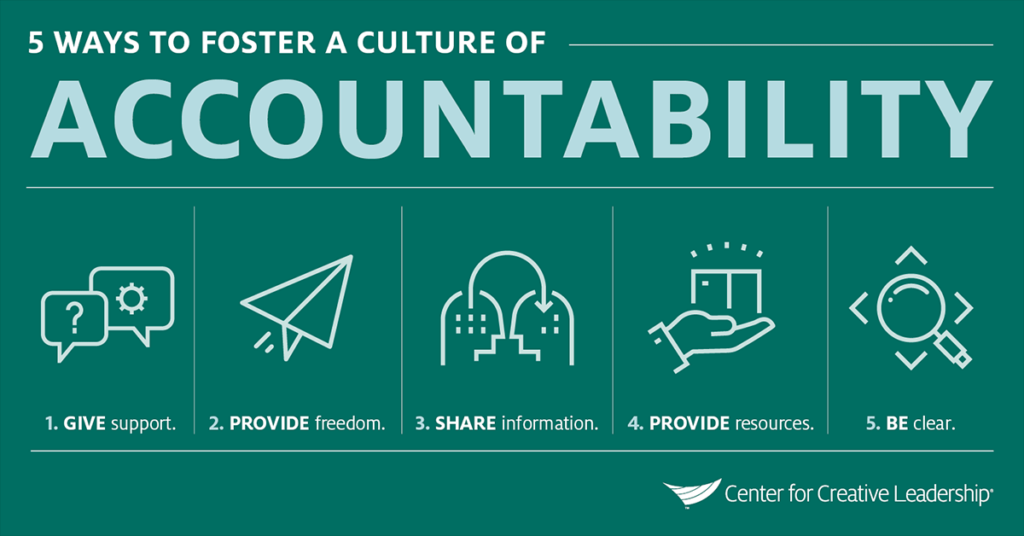
Once you nurture a unified vision, you must translate it into the day-to-day behaviors of teams and individual employees. By defining shared accountabilities, you can pull your teams together instead of dividing them.
For instance, your company may tie the IT department’s accountabilities with those of other divisions to ensure more efficient use of in-house IT systems.
To further reduce silos in business, you can have two or more teams work together on a task that involves giving a joint presentation to senior management.
6. Set common goals
To beat the silo mentality, it is critical to determine the underlying issues that may be causing the ripple effect of silos. Often, companies identify several strategic goals and objectives for every department. However, it is imperative to define the single, qualitative focus that is common among all departments as the top priority.
Ensure that all employees know this common goal and understand how they can contribute as individuals. You must foster a holistic and big-picture view to encourage collaboration teamwork, and eventually accomplish that common goal.
Read also: Operations Strategy: Definition, Elements, and Advantages
7. Create cross-functional teams
Silo thinking tends to get deeply entrenched in corporate culture. You can break the silo mentality by encouraging cross-functionality across departments.
If your marketing team has frequent training sessions, you could involve your sales and customer service teams. Such an exercise has the benefit of encouraging different perspectives and skills.
We recommend a ‘shadowing’ scheme, as well. Employees can experience the workings of different roles within the same company and learn new skills. You also build unity among different divisions, which benefits the organization as a whole.
How EngageBay Can Help You Defeat Silo Mentality in Business
To stay competitive and relevant in the digital age, companies must rethink how they structure their teams and workflows. Your business should adapt and transform as per digital acceleration.
Unfortunately, the efforts at transformation can fall short because there is a disparity within the organization. The silo mentality hampers agility and derails business operations.
If you want to make long-term improvements to your operations, you will need a digital software solution that is scalable and intuitive. Here are a few ways business silos develop, and how EngageBay helps reduce them.
1. Lack of cross-functional collaboration
How EngageBay helps: As EngageBay offers a host of tools for project management, data analysis, and marketing automation, your business can soon feel the benefits of breaking down silos.
The whole idea behind starting EngageBay was to help business owners streamline all business processes and get everything done from one platform, instead of shuttling between a million different apps.
EngageBay seamlessly integrated sales, marketing, and customer service processes, making collaboration super easy for managers and employees across departments. In fact, those who’ve used EngageBay love it so much that they often only leave 5-star reviews.
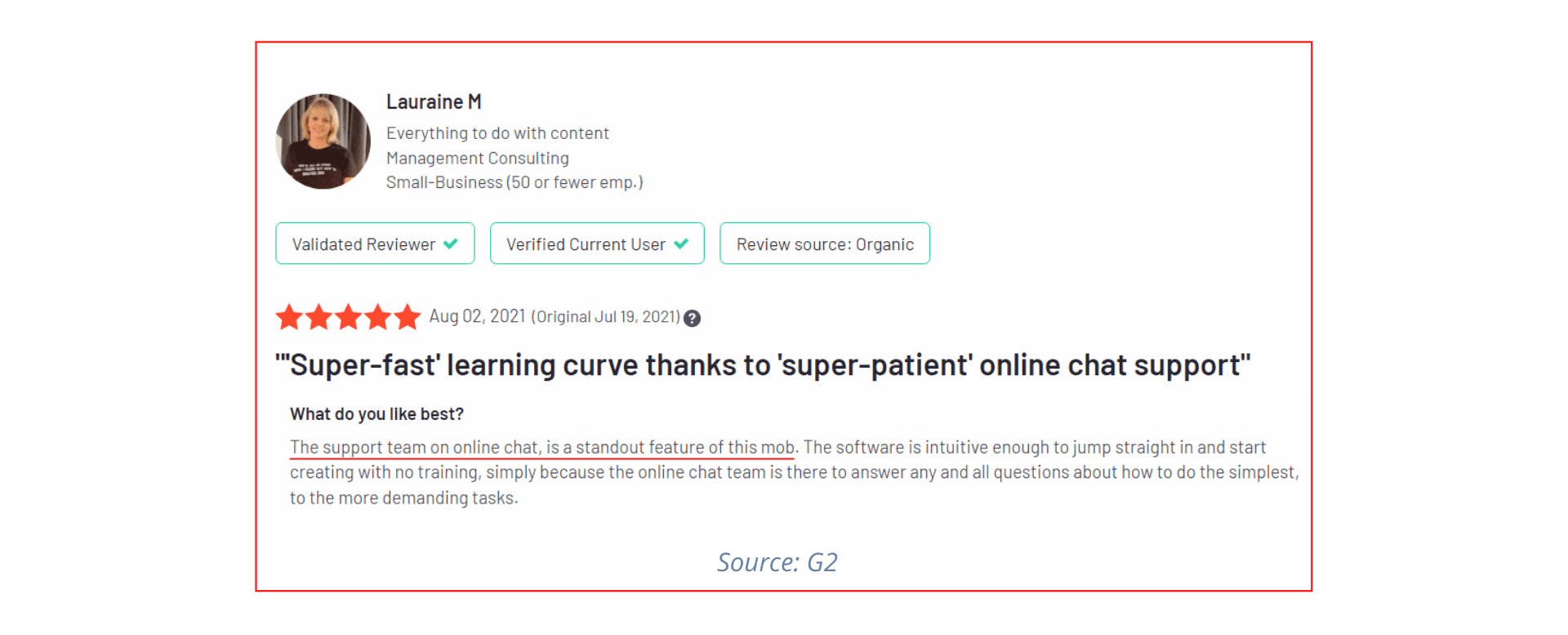
2. No actionable insights for customer service teams
How EngageBay helps: With a customer relationship management (CRM) platform, you can use data-driven insights to guide your sales, marketing, and customer service teams. EngageBay has several innovative features that improve customer service, such as:
- Ticketing – so everyone can track the status and actions of a customer issue.
- Feedback forms – to help improve the product or service.
- Knowledge Base – to provide customers with easy access to key information.
These features make it easier for every team to track the customer journey.
3. Different communication styles & cultures
How EngageBay helps: Every team member functions and communicates differently. Navigating different communication styles can be difficult, but EngageBay makes it easy to interact with team members.
EngageBay’s employee engagement functionality ensures that every team member is sufficiently motivated and engaged. You can gamify leaderboards, offer instant rewards, and boost team morale while increasing revenue.
4. Every team uses specific collaboration tools for their workflows

How EngageBay helps: In addition to the many features of EngageBay, you can use Zapier integrations to use your favorite digital tools. There are 1,500 apps currently available for your business, including Google Docs, Asana, Gmail, HubSpot, and Mailchimp.
5. The leadership team and senior managers are not on the same page
How EngageBay helps: EngageBay helps you break down the hierarchy silos. Generally, top-level management and team members often find themselves at odds — the agenda isn’t clear, there is no clear flow of information, lack of feedback, etc.
As we’ve already mentioned, the silos mentality starts at the upper levels of the company — which is why management’s top priority should be effective communication. Leaders’ communication style should be short, straightforward, constructive, and frequent to achieve this.
With EngageBay’s common dashboard, you can structure content and reports concisely and reduce the incidence of fragmented data storage.
This builds the organization’s efficiency and enhances trust among competing departments. Leadership teams can also make better, more informed decisions, and encourage a free flow of information.
Read also: Everything You Should Know About CRM Integrations
Elon Musk on Silo Mentality!
Feel free to accuse your colleagues of silo mentality if they are reluctant to share information and resources with you just because they are from a different department or unit within the same organization. Remind them that a silo mentality reduces any company’s overall efficiency and sometimes even leads to a damaged corporate culture.
Also known as silo thinking and silo vision, silo mentality generally occurs in multi-department businesses and large organizations. Another cause is when organizations fail to adapt to the changing landscape of the workplace culture. The lack of a unified leadership team can lead to a silo mentality.
If your team members don’t feel like it’s their responsibility to communicate with other colleagues, you’ll soon have an insular workplace.
A silo mindset or silo thinking can also develop due to other practical reasons. A complex organizational structure or a strict hierarchy can lead to departmental silos.
A lack of communication erodes cohesion and unity, which invariably hurts the culture and productivity of the organization as a whole.
Enough said, here’s Elon Musk on the perils of silo mentality in an email to Tesla employees and managers:
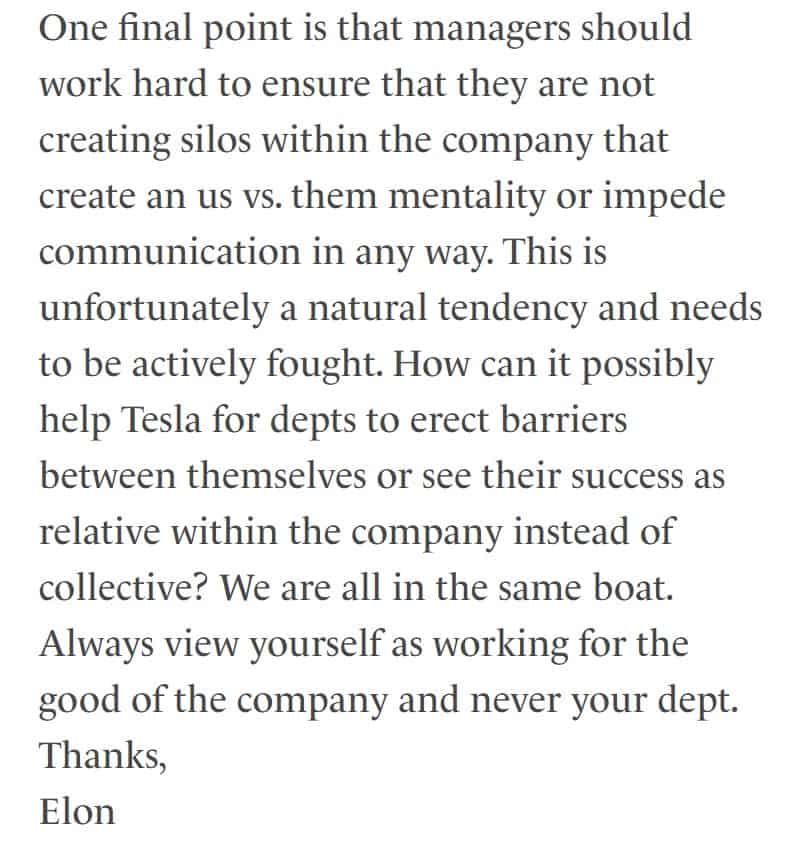
3 Early Signs of Silo Mentality in Business
Silos often form unintentionally. When an organization grows, it’s natural that individual employees focus on improving their processes and skillsets. However, these processes can be incompatible with other departments, leading to silo thinking.
Research indicates as many as 40% of employees believe different departments in their company have a separate agenda, and just 29% claim reaching their customers is a truly collaborative process between all teams in the business.
So, how do you identify the silo mentality in your organization? Here are a few warning signs to watch out for:
1. Broken customer experience
Silo thinking leads to department managers creating teams and business units that only focus on optimizing their processes. These processes can sometimes contradict other teams’ agendas, leading to miscommunication.
For example, you’ll struggle to map the customer journey without adequate communication, technology, and data. This inevitably makes it much more difficult to convince prospects to become customers.
You may also lose out on opportunities for cross-selling if your sales and marketing agendas are not aligned. This hurts the customer experience, and may even deter people from returning to your business.
2. Duplicated work
It’s a major red flag if you discover several teams repeating each other’s tasks. When two teams consider it their responsibility, it highlights an obvious lack of communication.
If two departments aren’t sharing information with others, then chances are they’re not learning from the other’s mistakes. The silo mentality also causes a disparity between different teams, leading to inefficiency and low productivity.
3. Groupthink
Ideally, great leadership will produce more leaders. The best efforts to inspire individuality and free thought usually produce more followers. This creates a tightly-knit group that values harmony above critical evaluation.
This leads to groupthink, where disagreements or challenges are discouraged, and individual group members follow the leader. When this happens, your team is left open to blind spots and may resist any outside input.
Groupthink also delays innovation and experimentation, so you’re stuck in the same inefficient operating methods, and that’s not good for the business.
4 Benefits of Breaking Down Silo Mentality in Business
Breaking down the silo mentality helps create trust between teams and leads to sustained growth and profitability. Let’s look at the top four benefits in detail.
1. Encourages collaboration
Silos form when people fall into the habit of only communicating with people in their respective departments. If sales and marketing teams don’t talk enough, both departments can feel the effects.
Collaboration tools like a company intranet system can help everyone stay in touch, even across departments. This makes it easier for senior and department managers to get important feedback and facilitates a culture of shared information.
2. Reduces duplicated work
With this sharing culture, people will be more likely to communicate about their processes and daily tasks. This reduces the chance of tasks being repeated, which, in turn, can save your company time, effort, and money.
Furthermore, if a team discovers a more efficient process and shares that information, other teams can replicate the same. This increases productivity and cross-functional collaboration. This is necessary for reduced workplace stress in any organization.
3. Improves knowledge retention
It’s good for your workforce to develop a broader understanding of the different aspects and areas involved in the business.
By creating knowledge management systems online, you can offer more information and resources to everyone in the workforce. That way, there’s more chance the right information will always be available at the right time.
4. Facilitates continuous productivity
When your team is working together, it will be more effective. The onus is on C-suite members and managers to encourage this open culture in the workforce, where everyone communicates with everyone else.
When this is in full flow, with the right software and tools to help, you will have a seamless, streamlined organization that is optimized for productivity.
Wrap Up
Whether you’re restructuring your business or adapting to market changes, the silo mentality can be a major issue. An all-in-one business software solution can help with managing your organizational silos in a way that the right balance is achieved.
You need a robust Customer Relationship Management (CRM) system to empower your sales, marketing, and customer service teams, and encourage them to work together. A platform like this makes communication easy, transparent, and quick. It also helps your teams provide personalized, high-value service to all your customers.
EngageBay’s CRM solution offers robust tools that essentially function as your front office. You get a holistic, 360-degree dashboard view of all your marketing, sales, and customer support operations to help you make the right decisions and deliver exceptional customer service.
If you’re still unclear on how a CRM solution can help break the silo mentality, contact us by signing up (for free), and we’ll schedule a quick demo and walkthrough to take your business in the right direction.

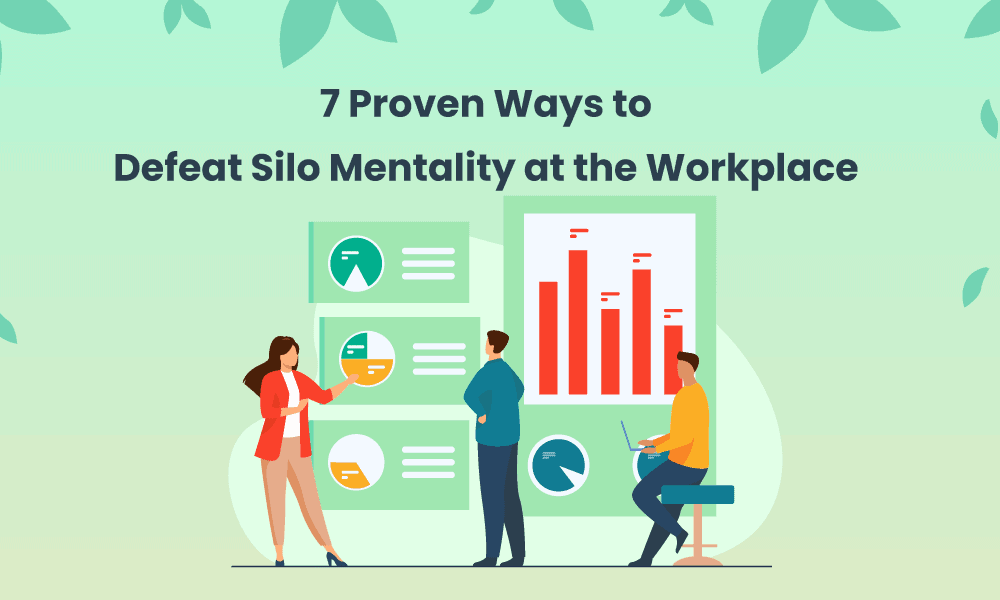
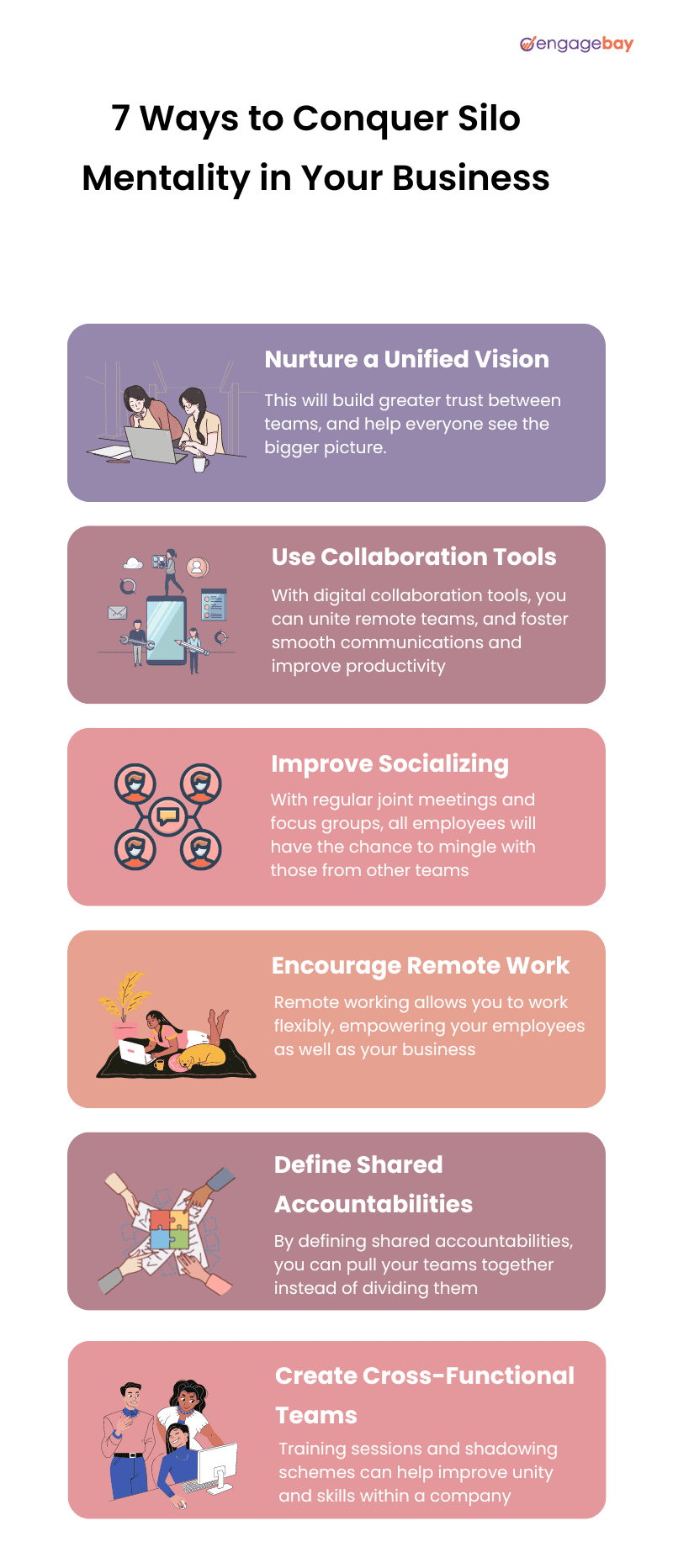

thankfully none of my employees have a silo mentality. But I didn’t know the effects would be this severe. I need to take better care of it. Thanks for the article.
“This article offers a brilliant roadmap to dismantle silos in organizations. A must-read for leaders striving to enhance collaboration, streamline processes, and foster innovation. Breaking barriers for a more cohesive and successful future!
Really enjoyed this article. Really thank you! Fantastic.